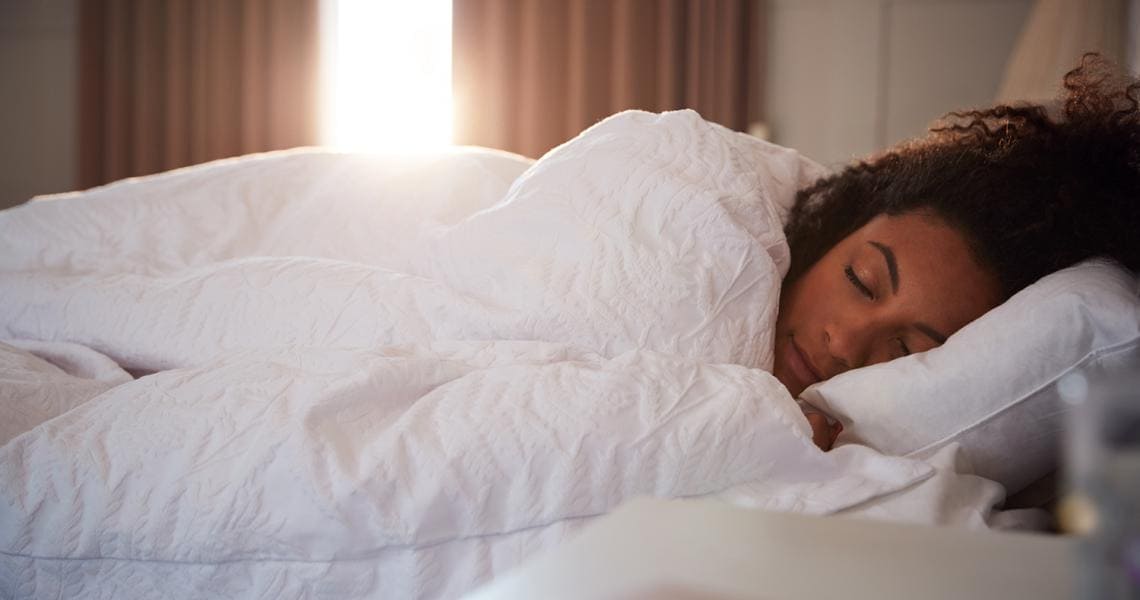Introduction
In today’s fast-paced world, achieving a restful night’s sleep can often feel like an elusive dream. Sleep is essential for overall health, affecting everything from mood and productivity to physical health and cognitive function. One effective yet often overlooked method to enhance sleep quality is turning down your bed. This article will explore the art and science of bed preparation, providing insights into how you can create a serene sleeping environment that promotes better rest.
The Importance of Bed Preparation
Turning down your bed is not just about aesthetics; it’s about creating an inviting and calming environment that signals your body it’s time to unwind. This process involves more than just folding back the covers; it incorporates several elements that contribute to a restful sleep atmosphere.
1. Creating a Sleep-Inducing Environment
The first step in turning down your bed is to consider your sleep environment. Factors such as lighting, temperature, and noise levels play a significant role in sleep quality.
- Lighting: Dim the lights in your bedroom to create a tranquil ambiance. Consider using blackout curtains to block out external light sources.
- Temperature: The ideal room temperature for sleep is typically between 60 to 67 degrees Fahrenheit. Adjust your thermostat accordingly to find the most comfortable setting for you.
- Noise: Reducing noise pollution is crucial for uninterrupted sleep. If your environment is noisy, consider using a white noise machine or earplugs to mask disruptive sounds.
2. Choosing the Right Bedding
The materials used in your bedding can significantly impact your sleep experience. High-quality sheets, blankets, and pillows can help regulate body temperature and enhance comfort.
- Sheets: Opt for breathable materials such as cotton or linen that wick moisture away from the body.
- Pillows: Choose a pillow that supports your preferred sleeping position, whether you sleep on your back, side, or stomach.
- Blankets: Layer your bedding with a light blanket for warmer months and a heavier duvet or comforter for cooler nights.
The Process of Turning Down Your Bed
Now that you understand the significance of your sleep environment, let’s dive into the actual process of turning down your bed. Follow these steps to create the perfect sleep sanctuary:
- Declutter Your Space: Start by tidying up your bedroom. Remove any items that may cause distractions or stress.
- Turn Down Your Bedding: Fold back the top sheet and blanket to create an inviting appearance. This simple act can signal your brain that it’s time to sleep.
- Add Extra Pillows: If you use decorative pillows, arrange them neatly on your bed or place them out of sight to create a calming visual.
- Spritz with Relaxing Scents: Consider using a pillow spray with calming scents like lavender or chamomile. These aromas can help reduce stress and promote relaxation.
- Prepare for Sleep: As you get ready for bed, engage in calming activities such as reading or meditating to signal your body that it’s time to wind down.
Table: Elements of an Ideal Sleep Environment
| Element | Ideal Condition |
|---|---|
| Lighting | Dim, preferably using blackout curtains |
| Temperature | 60-67 degrees Fahrenheit |
| Noise | Minimal, use white noise if necessary |
| Bedding Materials | Breathable sheets (cotton/linen) |
| Pillow Type | Supports sleeping position |
| Aromatherapy | Lavender or chamomile scents |
Q&A: Common Questions About Bed Preparation
Q1: How long before bed should I start my bedtime routine?
A: It’s recommended to begin your bedtime routine at least 30-60 minutes before sleep to give your body enough time to wind down.
Q2: Can turning down my bed really improve my sleep quality?
A: Yes, creating a calming environment and establishing a bedtime routine can significantly enhance sleep quality.
Q3: What if I share my bed with a partner?
A: Coordinate with your partner to establish a shared bedtime routine and find bedding solutions that work for both of you.
Q4: How often should I wash my bedding?
A: Aim to wash your sheets and pillowcases at least once a week and your blankets and duvet covers every two weeks.
Q5: Are there specific types of mattresses that are better for sleep quality?
A: Choose a mattress that suits your sleeping position and personal comfort preferences. Memory foam, latex, and innerspring mattresses each offer unique benefits.
Conclusion
Turning down your bed is a simple yet powerful practice that can transform your sleep experience. By creating a sleep-inducing environment, choosing the right bedding, and establishing a calming bedtime routine, you can set the stage for restorative sleep. Implementing these strategies will not only improve your sleep quality but also enhance your overall well-being. Embrace the art of turning down your bed, and unlock the secret to better sleep.

